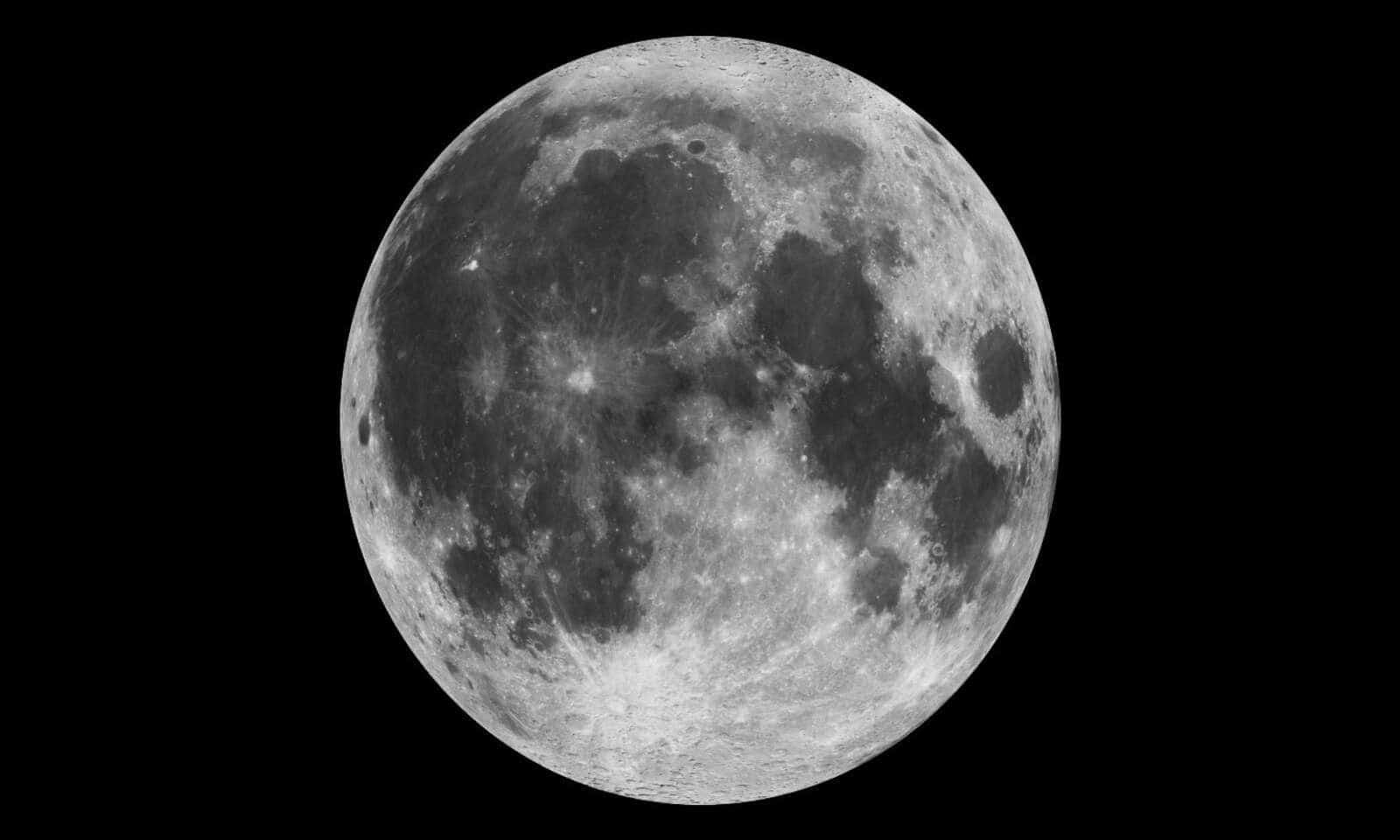China and Russia Sign Deal to Build Nuclear Power Plant on the Moon
Source: GreekReporter.com

Russia and China have signed a deal to build a nuclear power plant on the moon. A Russian reactor will power what has been dubbed the International Lunar Research Station (ILRS), an initiative jointly led by both countries and expected to be completed by 2036.
The announcement follows the revelation that, due to NASA’s 2026 budget, US plans for a lunar research station have been scrapped. Currently, NASA is China’s main rival for lunar exploration, as its Artemis III program is set to launch astronauts to the moon once again, sometime in 2027.
China and Russia have both said that the construction of the research station is expected to be autonomous, without any human assistance. In a 2024 interview, Yury Borisov, the director of Roscosmos, Russia’s space agency, claimed that technological advancements to make the project a reality are “almost ready”.
China and Russia’s plant and research facility will conduct key space research
In a statement released on May 8, Roscosmos said, “The station will conduct fundamental space research and test technology for long-term uncrewed operations of the ILRS, with the prospect of a human being’s presence on the Moon.”
Additionally, the announcement said that the lunar research station will be permanently manned and located at the Moon’s south pole.
The ambitious project has attracted interest from 17 countries, including Venezuela, South Africa, Pakistan, Egypt, and Thailand. China plans to begin construction on the lunar surface in 2028 with the Chang’e-8 mission. This mission will also be the first time China lands a man on the moon.
The Chino-Russian lunar base has been in the works since 2021
China and Russia first revealed they were working on this project in June 2021, when both countries announced they would be lofting pieces for a robotic moon base using heavy rocketry between 2030 and 2035.
The countries also aim to expand the base once the initial pieces are established. China plans to expand the base further, connecting it to a space station that will orbit the moon. However, the Chinese space program sees the moon as a ‘stepping stone’.
In its expanded iteration, the lunar base is the foundation for manned missions to Mars, which they aim to complete by 2050. Wu Yanhua, the chief designer of China’s deep exploration project said in a 2024 press conference it “will be powered by solar, radioisotope and nuclear generators,” adding, “It will also include lunar-Earth and high-speed lunar surface communication networks, as well as lunar vehicles like a hopper, an unmanned long-range vehicle, and pressurized and unpressurized manned rovers.”
The original article: belongs to GreekReporter.com .
